Blugold Biomedical Innovator Program
The Blugold Biomedical Innovator Program is for students who intend to pursue a career in health care or the biomedical field. UW-Eau Claire and Mayo Clinic Health System have combined forces to better prepare future scientists, innovators, health care providers and leaders. Biomedical Innovators participate in competitive research experiences with faculty and network with medical professionals.
We believe these one-of-a-kind experiences should be available to students of all backgrounds and financial situations. The Biomedical Innovator Scholar Program is the only scholarship program of its kind. Blugold experiences like this position UW-Eau Claire as one of the strongest pre-med institutions in the Midwest. Join us for an extraordinary undergraduate experience — offered only at Eau Claire.
Justthe
facts
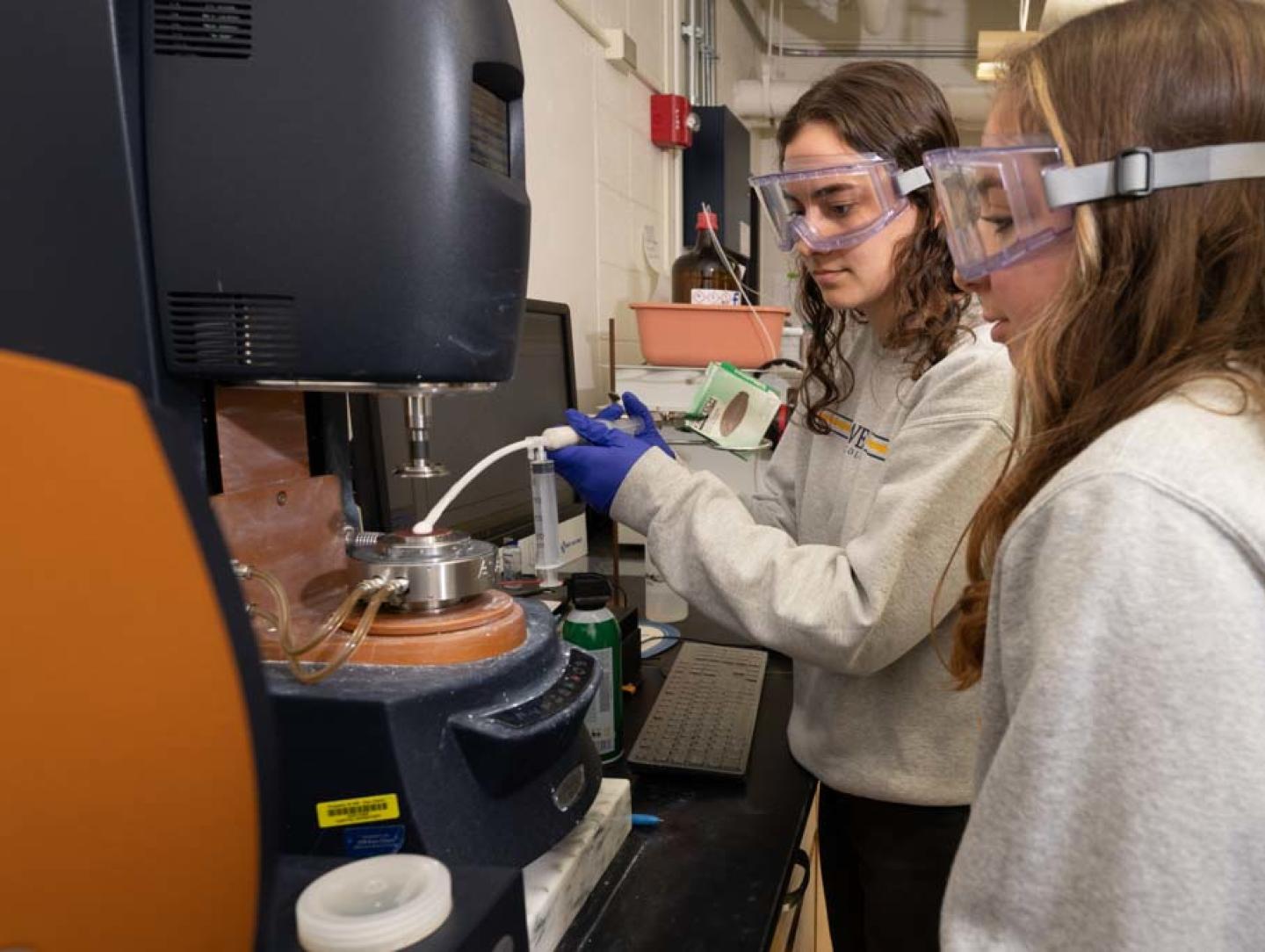
Collaborative research
Research is what drives so many members of our faculty, and UW-Eau Claire is considered one of the top master's-level universities in the country when it comes to undergraduate research. Although many universities are known for research, undergraduate students often have a difficult time finding a seat at the table. That's not the case at UW-Eau Claire. We take pride in the fact that we offer remarkable research opportunities for undergraduate students.
Innovator Scholars
Each academic year, 10 students from the Blugold Biomedical Innovator Program will be selected to become Innovator Scholars. Our Scholars will work alongside Mayo Clinic Health System professionals and receive these benefits:
Eligibility Criteria for Innovator Scholars
To maintain eligibility, an Innovator Scholar must:
- Maintain a 3.5 GPA, and
- Take 30 credit hours per academic year, and
- Remain committed to pursuing a degree and career path in the health care or biomedical fields.
We need to innovate to improve outcomes and decrease cost. Why not make Eau Claire a hub for a new industry of service and technology for rural patient care? Everything needed to create an ecosystem for biomedical innovation and positive outcomes is here, bringing providers, educators and students together to work on the biggest, unsolved needs in medicine and improve the patient experience.

Spotlight Research Projects
The Blugold Biomedical Innovator Program is just one example of how UWEC provides innovative research opportunities in almost every field of study for undergraduate students. The research projects below are examples of the remarkable opportunities our Innovator Scholars have (from day one) that are often reserved for graduate students at other institutions. These exciting projects were made available to our Innovator Scholars.
Research Project Summary
In collaboration with an interventional radiologist at Mayo Clinic Health System-Eau Claire, materials are being developed and tested for separation and protection of healthy organs and tissues during treatment of tumors by freezing or heating. These injectable foams are being tested for stability, mechanical stiffness, and incorporation of therapeutic components such as contrast agents and antibiotics. Testing includes the materials characterization of these foams, testing the foams in physiologic conditions, and animal studies. Undergraduate researchers are critical for creating and testing the foams, collecting and analyzing data, working with our collaborator, and communicating results to a variety of audiences.
Mayo collaborator: Dr. Jeremy McBride
Faculty Member
Dr. Liz Glogowski
Associate Professor — Materials Science and Biomedical Engineering
Research Project Summary
The number of older people in the United States continues to increase, highlighting the importance of understanding health factors associated with this population. Current data reveals that older people are more sensitive to alcohol’s effects compared to younger people. We have recently developed animal models to study the effect of alcohol in aged animals and have replicated the findings that aged rats are more sensitive to the effects of ethanol compared to younger animals. The current project is a multi-level analysis to investigate the neurobiological mechanism(s) that produce greater effects of alcohol in aged animals compared to younger animals.
Mayo collaborator: Dr. Doo-Sup Choi
Faculty Member
Dr. Doug Matthews
Professor — Psychology
Research Project Summary
Cancer now tops heart disease as the number one cause of death in the United States, and it is the second leading cause of death globally. The symptoms of cancer are often not specific and, in most cases, are not apparent in early stages. As early cancer detection is the hallmark of successful treatment, our research is focused on developing a rapid, reliable, inexpensive, and non-invasive method for cancer detection and screening. The student researchers working on this project will be using Raman Spectroscopy to identify cancer-specific biomarkers in saliva samples for the early diagnosis of cancer. In particular, Surface-Enhanced Raman Spectroscopy (SERS), a highly sensitive analytical tool, will be used for this study. Student researchers will be responsible for preparing samples, optimizing the experimental conditions, analyzing data, and sharing the findings of this study with others in the form of poster/oral presentations and manuscripts.
Mayo collaborator: Dr. Sandeep Basu
Faculty Member
Dr. Sanchita Hati
Professor — Chemistry
Research Project Summary
Fibrosis is the development of fibrous connective tissue in response to injury or organ damage. Mapping and quantification of fibrosis is a key factor in disease staging and also provides one of the best prognostic indicators of continued organ success. We investigate whether infrared imaging can allow for the rapid mapping and quantification of fibrosis in multiple organs without requiring dyes or stains and furthermore, whether we can extract additional biochemical information predicting rapid fibrosis progression in patients. A high throughput, real-time, Quantum Cascade Laser imaging system will be created for rapid imaging and diagnosis of fibrosis in heart, lung, kidney, and liver tissues. This system will include the ability to map and quantify the extent of fibrosis and include intelligent analysis software capable of automatic flagging of suspect areas. This will be performed as part of a collaborative study on paraffin-embedded unstained tissue that exist in the Mayo Clinic tissue archives.
Mayo collaborator: Dr. Rajeev Chaudhry and others TBD
Faculty Member
Dr. Michael Walsh
Assistant Professor — Materials Science and Biomedical Engineering
Research Project Summary
The human body is a complex system where disease in one part can cause new disease states in other parts of the body. For example, diabetes can cause hypertension, and hypertension may increase the risk of heart disease. Researchers have identified relationships among many such disease states. These relationships may also exist among complex diseases like schizophrenia, Alzheimer's disease, and cancer. Determining these relationships are of paramount importance and can be used for presumed diagnosis, early intervention, and the development of new medicine. The goal of this project is to develop a novel and robust machine learning approach to identify possible relationships among complex disease states by analyzing a multi-view biomedical dataset (e.g., DNA and organ images). Our goal is to accomplish the following three objectives: (1) identify relationships between complex disease states, (2) incorporate and propose machine learning techniques for complex disease prediction, and (3) develop software systems and disseminate those to the scientific community for various uses.
Mayo collaborator: Dr. Rajeev Chaudhry
Other collaborator: Dr. Ashad Alam, Tulane University, New Orleans, Louisiana
Faculty Member
Dr. Rakib Islam
Assistant Professor—Computer Science
Research Project Summary
Our research involves using artificial intelligence (AI) methods like machine learning and deep learning to diagnose diseases and develop technologies to monitor health. Students in Dr. Gomes’ lab work with big data like CT scan images or human gene sequence text data and use high performance computing to run analyses. Presently, Dr. Gomes and five undergraduate students collaborate with Dr. Wildenberg on developing new AI technology to identify filters in a large vein, the inferior vena cava, in a patient’s CT scan. These filters are inserted to trap blood clots and prevent them from reaching the heart and lungs. Our vision is to automate filter detection with routine CT scans so that radiologists can follow-up on the health of these filters. Research with Dr. Garg is focused on developing an AI-oriented approach to identify pancreatic cancer from patient CT scans. Our vision is to automatically detect the stage of cancer, the disease progression, and the steps to be taken (such as chemotherapy or surgery) to address recovery. Dr. Gomes is also collaborating with researchers at North Dakota State University to analyze human gene sequence information and identify regions in the human genome that play a significant role in cancer progression.
Mayo collaborators: Dr. Joe Wildenberg and Dr. Sushil Garg
Other collaborators: North Dakota State University
Faculty Member
Dr. Rahul Gomes
Assistant Professor— Computer Science
Research Project Summary
Considering a high prevalence of burnout syndrome in physicians (especially those in early career), we must first care for the providers before providing care to patients. Improved well-being of physicians will lead to healthy workforce in healthcare which naturally leads to an improvement in overall patient care. Among risk factors for burnout, sleep loss is an overlooked factor that impact mental fatigue and burnout. The proposed study utilizes a non-invasive inclinometer device (worn on mid-thigh) to better understand sleep patterns of residents during the week of overnight shifts and their impacts on acute mental fatigue and perceived burnout. Additionally, second part of the study will implement a tailored workplace exercise program as a countermeasure to manage stress, improve sleep patterns, and reduce chronic mental fatigue and burnout among family medicine residents who have extended work hours and overnight call responsibilities.
Mayo collaborator: Dr. Terri Nordin
Faculty Member
Dr. Saori Braun
Associate Professor — Kinesiology
Research Project Summary - 1
Polycystic kidney disease is a genetic disease, which affects approximately 12.4 million people worldwide (PKD Foundation). A major question in the field is “how precisely does a genetic change (a change in DNA) lead to the formation of cysts?” In other words, which pathways and processes in the cells are affected? In addition, patients develop a range of symptoms, and age of onset is variable. Our lab uses C. elegans and zebrafish as models to understand cystic kidney disease and more specifically to understand how primary cilia, which act as cellular antennae, contribute to health and disease.
Mayo collaborator: TBD
Research Project Summary - 2
Genetic testing of patients with suspected genetic disorders yields a wealth of sequence information that then must be interpreted to determine which variants (differences in the DNA sequence between a patient’s genome and a reference genome) affect the symptoms and pathology observed. This process of variant interpretation is challenging and complex. Our lab is initiating a project to analyze variants of uncertain significance identified during genetic testing to see whether these changes in the DNA result in a change in expression of the gene. Data from this project have the potential to improve patient outcomes by improving the ability of physicians and scientists to decipher which variants are clinically relevant.
Mayo collaborator: TBD
Faculty Member
Dr. Jamie Lyman Gingerich
Associate Professor — Biology
Research Project Summary
To improve surgical outcomes, physicians are moving to less invasive procedures that rely on better knowledge of the individual patient anatomy through advances in medical imaging, such as MRI, ultrasound, or CT scans. Technology now allows these data, that are typically displayed on 2D screens, to be displayed in three dimensions through 3D printing. These 3D printed models allow physicians to better visualize what they will encounter during surgery, test different instruments that may be used during surgery, and improve the surgical plan for the individual patient. This project will provide 3D printed models for use in the presurgical process of the Mini-thoracotomy Aortic Valve Replacement program at Mayo Clinic.
Mayo collaborator: Dr. Joseph Wildenberg
Faculty Member
Dr. Doug Dunham
Professor — Materials Science and Biomedical Engineering
Research Project Summary
How do changes in the environment contribute to brain formation and associated neurodevelopmental disorders? Students in the Carter laboratory investigate the effects of disorder-associated environmental compounds on neurodevelopment and then define mechanisms of action for compounds that cause brain abnormalities. We currently are focused on the neurodevelopmental impact of environmental factors that have been shown in public health studies to correlate with autism spectrum disorder (ASD) prevalence. We use zebrafish in our experiments and assess changes in physical development (microscopy), molecular biology (gene expression), and behavior (motor tracking).
Mayo collaborator: Dr. Ashley Holland, Dr. Scott Schmidt
Faculty Member
Dr. Brad Carter
Assistant Professor — Biology
Research Project Summary
In this project we aim to develop and build a prototype of a mechanically flexible and electrically powered cooing pad to help patients manage pain after surgery or injury. Pain management is a multi-billion-dollar industry in the U.S., but it is challenging to deliver localized pain relief in a way that is consistent and sustained over time, and that conforms to the patient body part requiring treatment. This project will combine considerations for patient care with practical engineering skills to design an optimum cooling pad, and students will have the opportunity to see the project through from initial design to a final project.
Mayo collaborator: Dr. Tiziano Taliarita
Faculty Member
Dr. Matthew Jewell
Department Chair and Professor — Material Science and Biomedical Engineering
Participating in research has been the foundation of my college experience. I love the "aha" moments of research — not just the moment when success happens but more the moments when something clicks and makes sense. Research has made making connections the most rewarding part of learning.
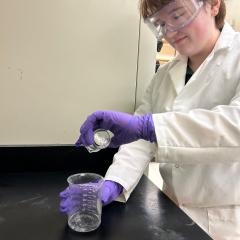
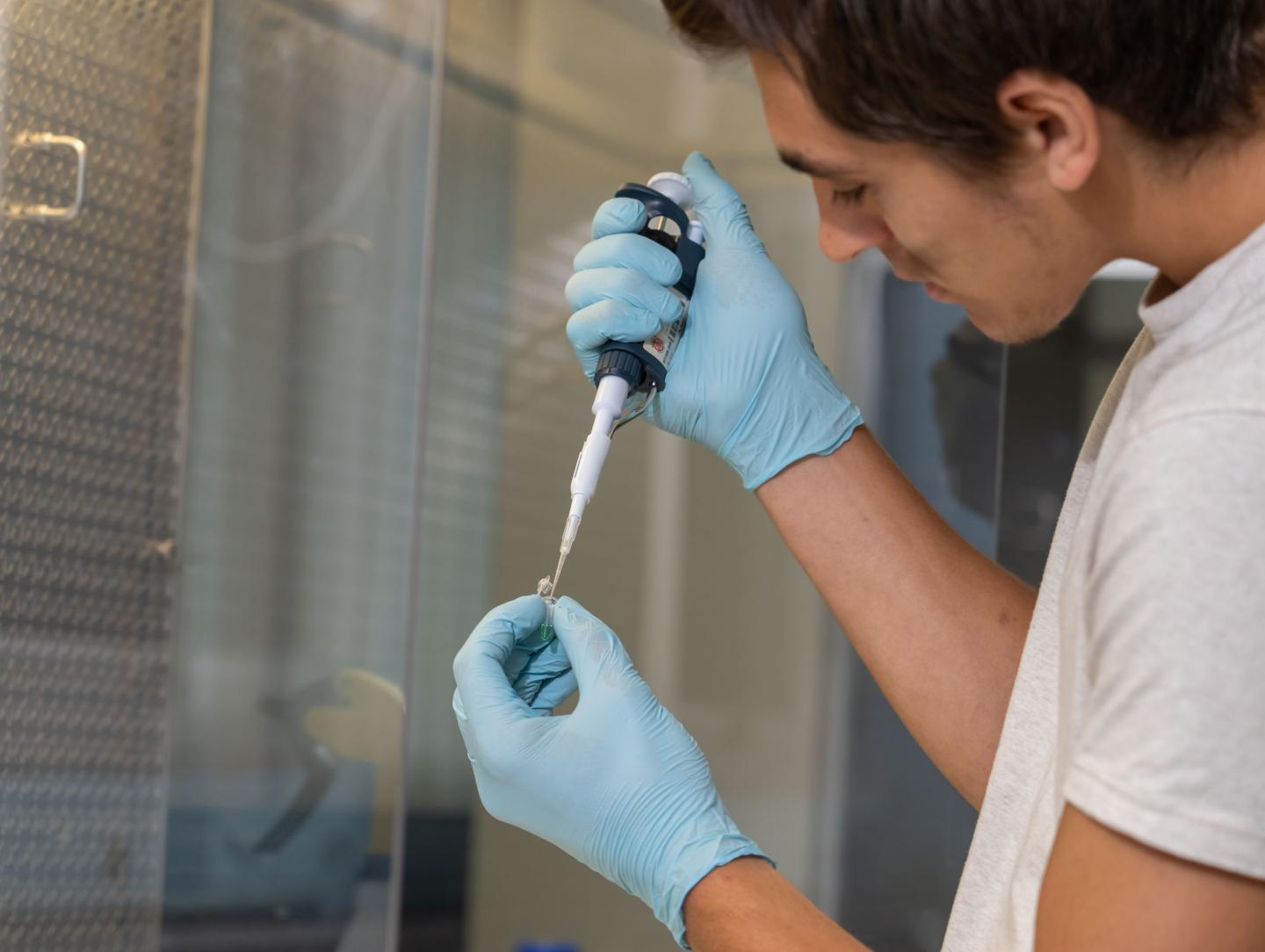
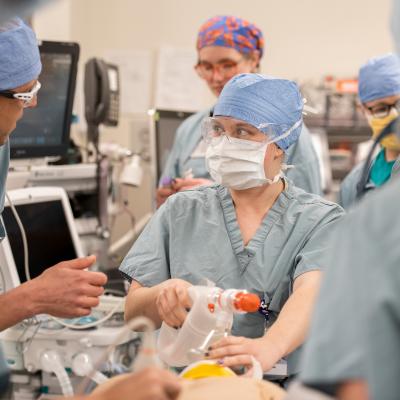
If you have not done so already, you will need to activate your account. To activate your account, you will need the following information:
- your username and campus ID (which were sent in an email when you applied or are on your admit letter)
- birth date
- last four digits of your social security number, or your UWEC PIN that you were sent in a separate email (if you did not provide us with your social security number)
After activating your account, apply online for scholarships on our Gold for Blugolds site. Sign in using your UW-Eau Claire username and password. Once you're logged in, select My Applications from the menu bar. Complete the Admissions Scholarship Application.
If you are identified as a candidate for the program from the Admissions Scholarship Application, you will receive an email from Admissions with additional information regarding selection. An additional essay specific to the Blugold Biomedical Innovators Program must be submitted by the deadline stated within the email.
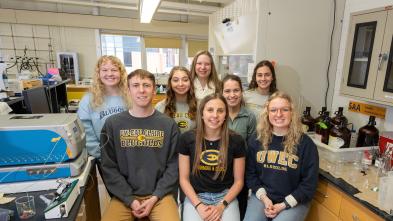
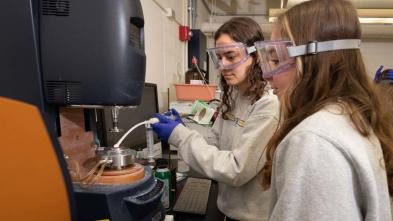
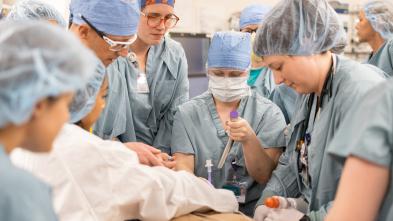
These are experiences they wouldn’t be getting at a Big 10 or Ivy League school. They are first-year students working on research on campus, but they also are working with researchers at Mayo Clinic. It’s been tremendous for them and for us.
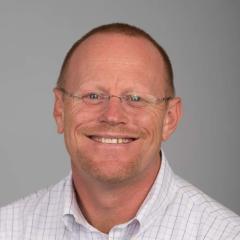
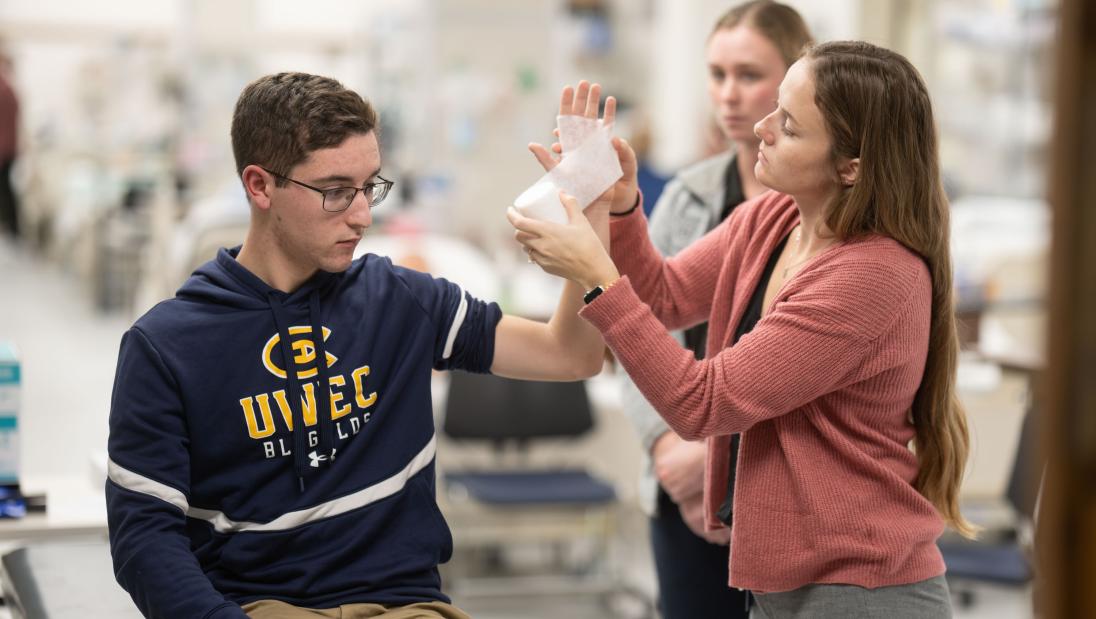
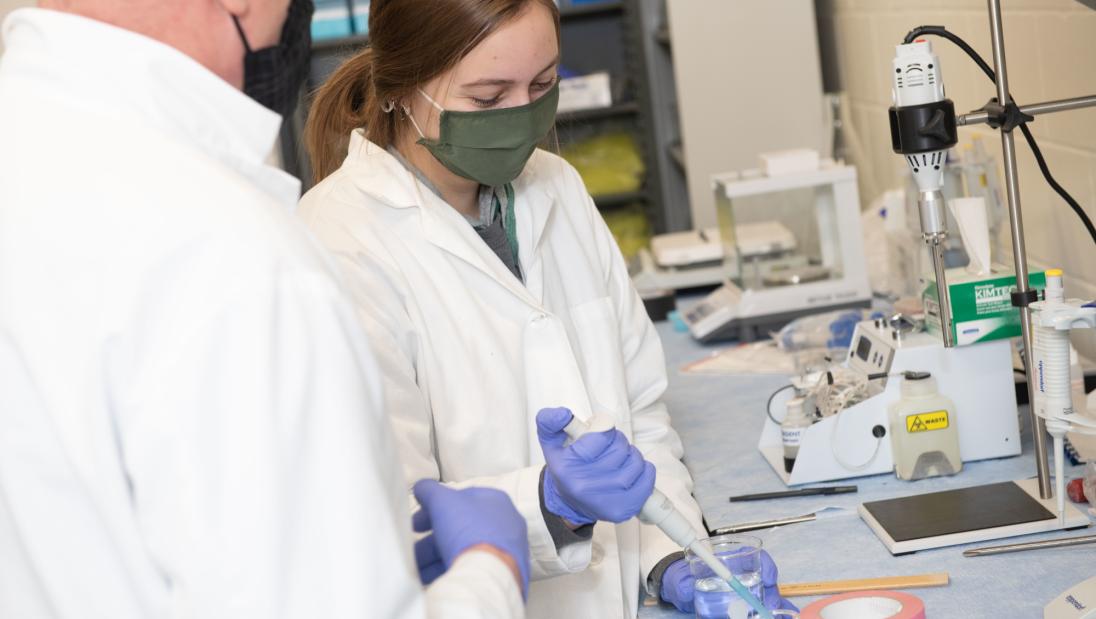
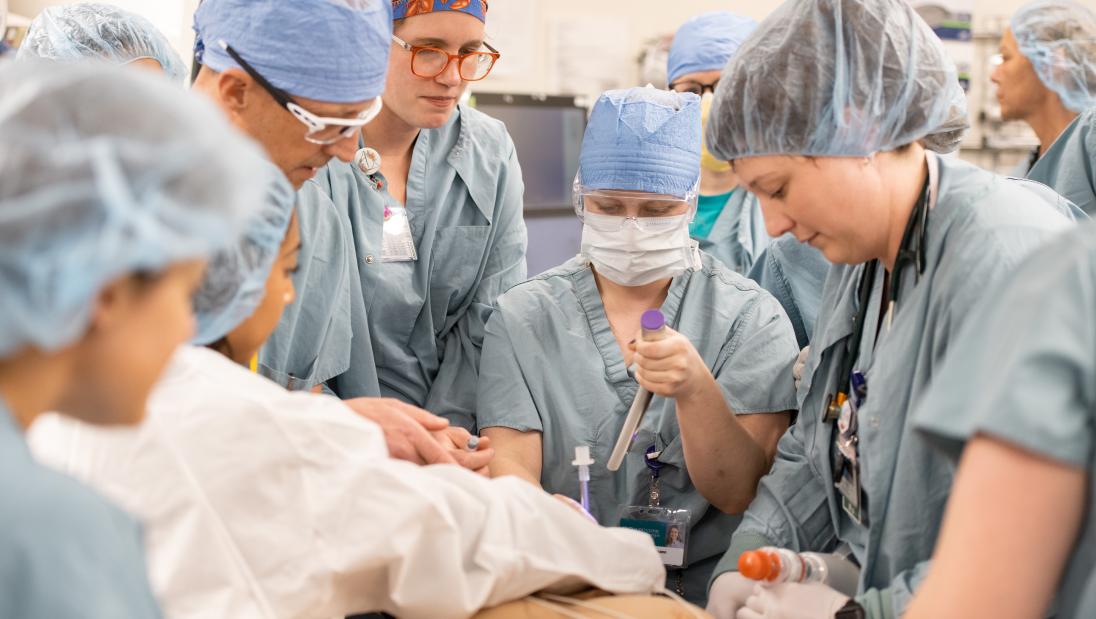
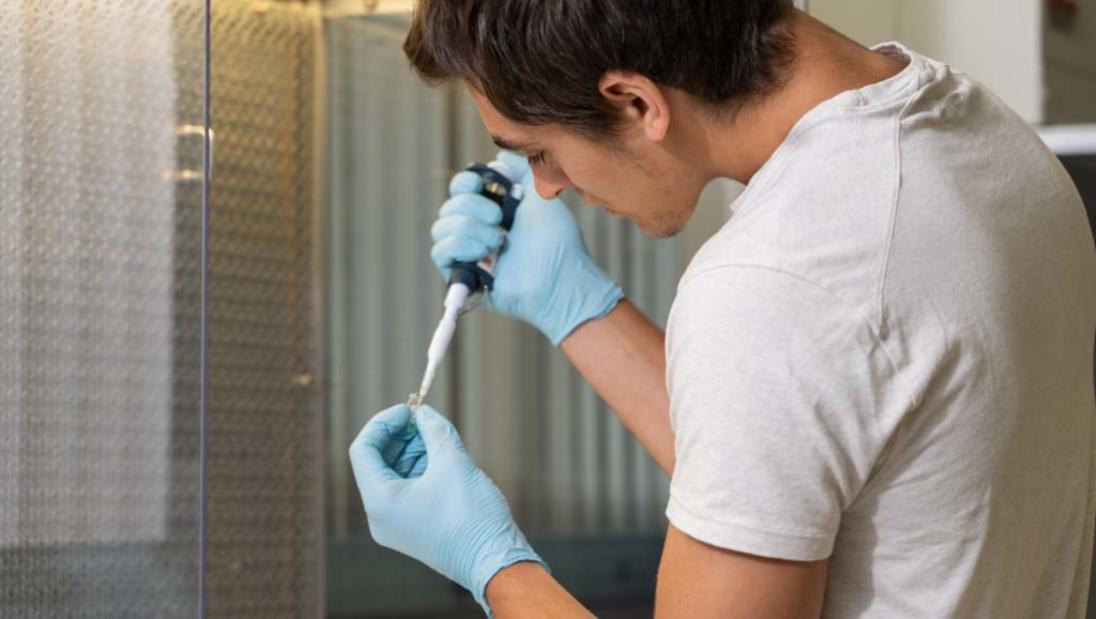
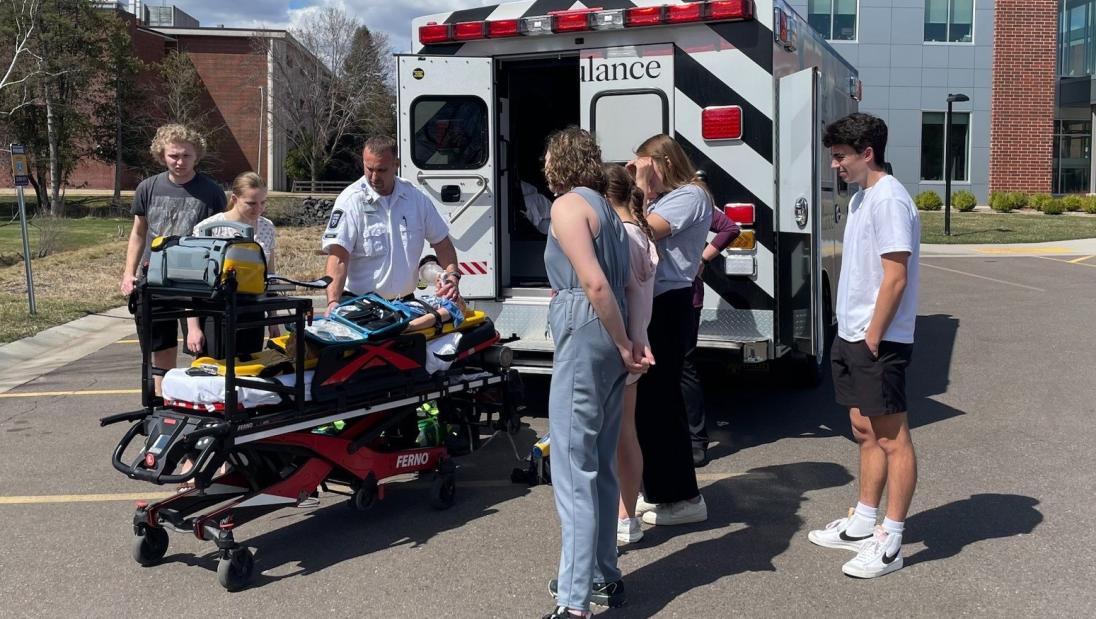
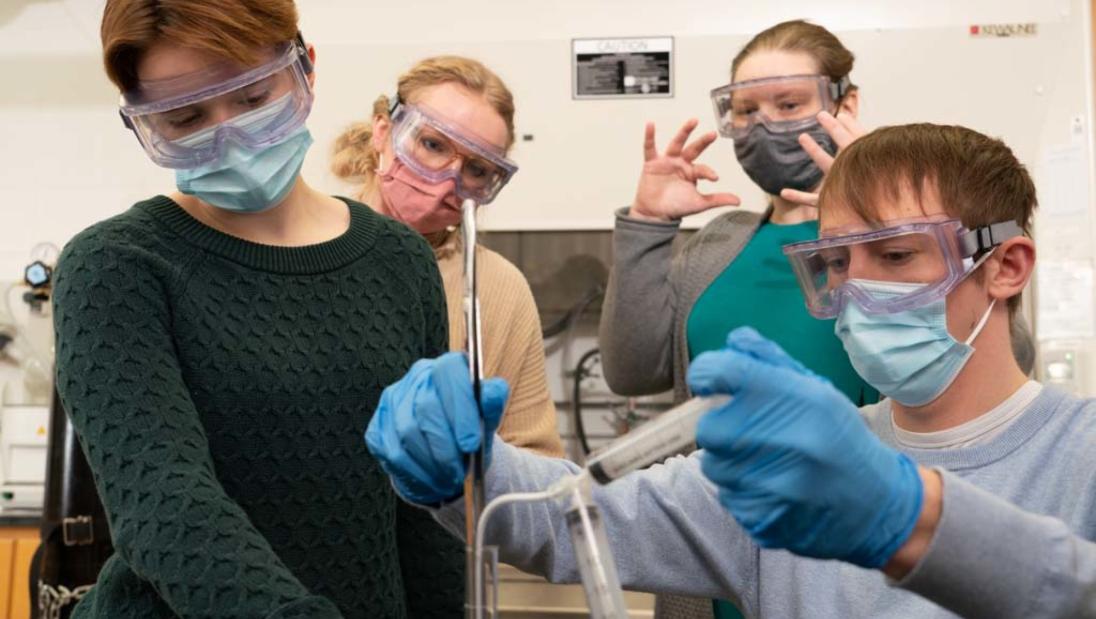
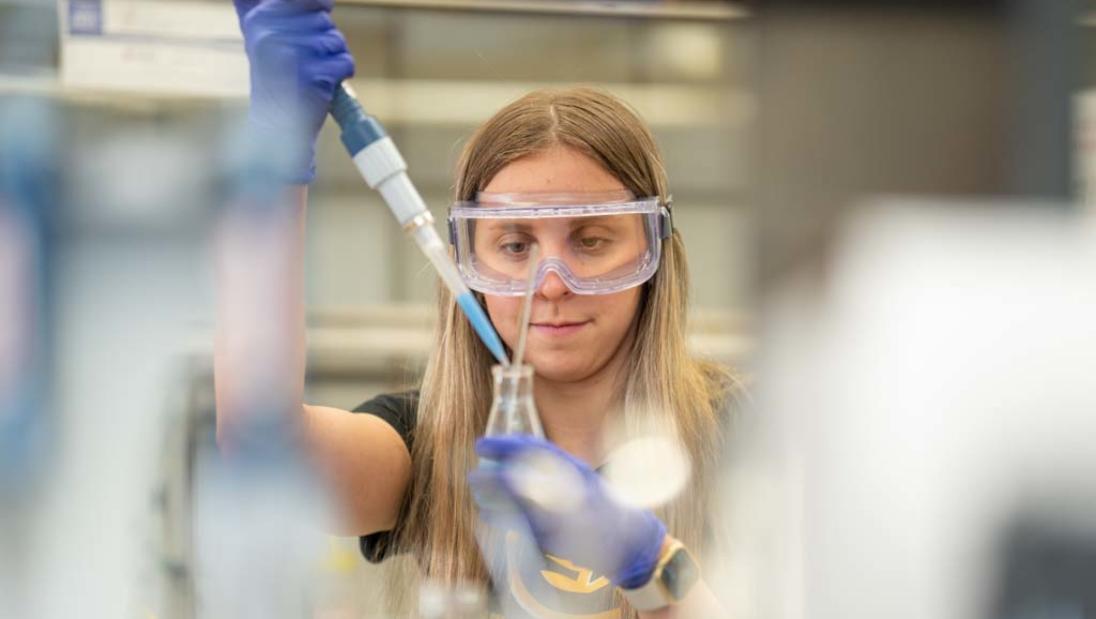
Questions?
Contact Admissions by email at admissions@uwec.edu or by phone at 715-836-5415.